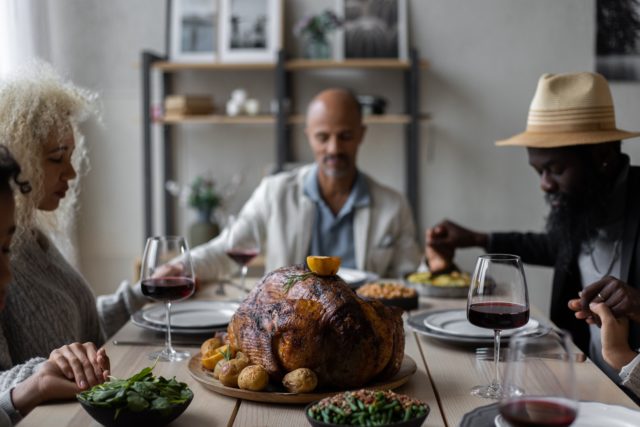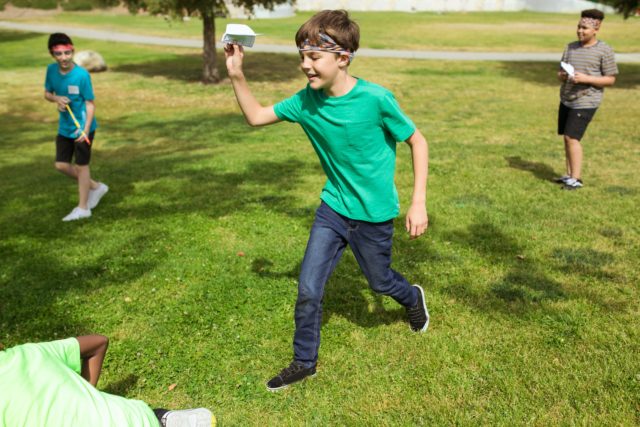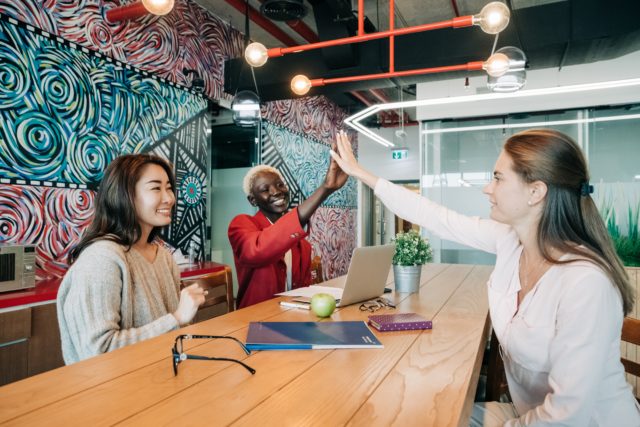Summary of:
Bao, Y., Zhao, Y., Xiao, Z., Liang, F., Wang, W., & Li, B. (2020). Fusion of “you and me”: Cultural mixing promotes intergroup psychological compatibility. Journal of Cross-Cultural Psychology, 51(5), 353-369.
Background & Theory
This article examines how cultural mixing might influence intergroup relations, specifically by evaluating how people may feel connected to outgroup members as a result (i.e., intergroup psychological compatibility).
Research Question
Bao et al., in “Fusion of ‘you and me’: Cultural mixing promotes intergroup psychological compatibility” (2020), addresses the following research question:
-
- What influence does cultural mixing have on intergroup relations?
Methods
The authors conducted four studies to evaluate the effects of cultural mixing on intergroup relations and intergroup psychological compatibility, and gauged various possible responses, feelings, and additional factors for further insight into the role cultural mixing plays. The studies were all similar, but were slightly modified each time to assess different variables. The data from each study was analyzed to better understand the results – further details and figures available in full study.
Study 1: 275 participants (103 male/172 female, average age ~21 years old, all Yi) responded to a Guttman scale that asked cultural mixing and psychological compatibility questions regarding Tibetan culture. The participants were to rate their agreeance of the question/statement, as well as provide details about demographics.
Study 2: 148 participants (77 male/71 female, average age ~13 years old, all Yi) were exposed to a cultural mixing manipulation under one of the following five conditions: Yi-Dai cultural mixing, Yi-Shui cultural mixing, Yi culture, Dai culture, or a control group unrelated to culture. The participants completed a picture-learning task, the cultural mixing manipulation test, and a feeling thermometer scale and Likert-type group-impression scale related to psychological compatibility.
Study 3: Similarly to Study 2, 123 participants (58 male/69 female, average age ~16 years, all Yi) participated in a picture-learning task and cultural mixing manipulation test, and were in one of four possible categories: Yi-Dai cultural mixing, Yi-Shui cultural mixing, Yi culture, or Dai culture. These participants also answered questions on a scale regarding perceived connection, psychological compatibility, and alternative variables, and provided demographic information.
Study 4: Also similar to the above studies, Study 4 included 133 participants (54 male/93 female, average age ~14 years, all Yi), who were placed into one of five conditions to perform a picture-learning task and cultural mixing manipulation (five conditions: Yi culture, Dai culture, Yi-Dai cultural mixing, Yi-Shui cultural mixing, or control group). The participants also answered questions related to their emotions, as well as the task difficulty, a perceived connection scale, and demographic information.
Results
The results for the studies were as follows:
Study 1: Study 1 found that cultural mixing was found to improve both feelings and social closeness with the outgroup culture, and thus indicates that there was higher psychological compatibility following the study.
Study 2: Study 2 also found that cultural mixing can increase intergroup psychological compatibility and has the greatest impact when the cultural mixing includes both one’s ingroup and an outgroup and those negative feelings did not vary greatly between the five conditions, showing it did not play a strong role in understanding intergroup relations.
Study 3: Study 3 had similar results to Study 2, further showing that cultural mixing does play a positive role in improving intergroup relations and psychological compatibility. It also showed that perceived connection is a mediator for psychological compatibility and cultural mixing, while other factors, such as cultural familiarity or positive emotions, did not. The authors suspect that using the term “cultural mixing” in the study may have acted as an encouragement for psychological compatibility, as well.
Study 4: Study 4 was intended to further highlight the connections and results from the previous 3 studies. Study 4 further confirmed that cultural mixing has an impact on psychological compatibility; it showed that the main improvement in higher intergroup psychological compatibility starts with cultural mixing that includes one’s ingroup and an outgroup. This exposure to cultural mixing increases one’s perceived connection to the outgroup, leading to feeling socially closer to the outgroup, which then leads to improved psychological compatibility.
The overall results show very clearly that cultural mixing can have a great impact on intergroup relations, and greatly increase intergroup psychological compatibility when done under the right circumstances. The perceived connection is the primary mediator between cultural mixing and psychological compatibility and is based on our innate desire to connect with others.
What This Means
- Cultural mixing can be a great tool to improve intergroup relations and potentially reduce prejudice and discrimination between groups.
- Sharing our own culture(s) with others can contribute to creating a more peaceful world. Learning not only to see other perspectives but connect with them, can make a powerful difference.
Final Takeaway
For consultants: Finding ways to have clients connect with one another can potentially help reduce or prevent conflict; if they can see themselves as connected on a deeper level, they may be more willing to resolve the issues at hand.
For everyone: Look for ways that you may be connected to others and can learn from other cultures; it’s a simple thing to do, but can have a big impact on creating a more peaceful world.




